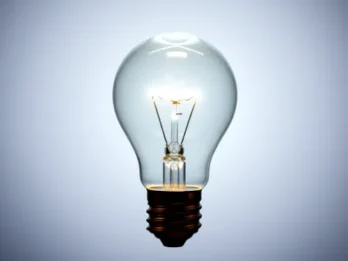
The Power of Innovation and Creativity: Driving Breakthrough Success
In today’s fast-paced world of constant change, innovation and creativity are no longer optional—they are essential for survival and success. Businesses, teams, and individuals that embrace these qualities have the ability not just to adapt, but to thrive in an evolving landscape. Whether you're developing the next big product or solving a small but critical problem, creativity fuels solutions, while innovation transforms those ideas into actionable, impactful results.
Though often used interchangeably, creativity and innovation are distinct yet deeply interconnected. Creativity is the ability to generate fresh, original ideas. It’s the spark that comes from thinking unconventionally or allowing your mind to wander beyond traditional boundaries. Innovation, on the other hand, is the process of turning those ideas into valuable products, services, or processes. Together, they hold the key to creating breakthroughs that can change industries, drive personal success, and solve significant challenges.
However, fostering creativity and innovation isn’t just about inspiration striking in a moment of genius. It’s about creating the right conditions. Researchers at Stanford and Harvard have shown that creativity thrives in environments where risks are encouraged, collaboration is prioritized, and failure is viewed as a stepping stone—not a dead end. Leaders must embrace a mindset where questioning the status quo is rewarded, and ideas, no matter how wild, are welcomed.
Creativity Starts With the Individual
Each of us has the potential to tap into creativity in meaningful ways. It doesn’t require being a genius artist or an innovative entrepreneur—it requires curiosity and openness. Begin by asking bold "What if?" questions. What if this process could be done faster? What would solving this problem look like if constraints didn’t exist? Simple exercises like brainstorming without self-censorship can generate a flood of viable ideas.
Additionally, creativity emerges when the mind is given time to breathe. It’s often in moments of quiet reflection rather than constant busyness that our best ideas surface. Research supports the concept of “default mode thinking,” which happens when we’re walking, meditating, or doing something without an immediate focus. Allowing time for mental recovery gives the brain space to connect the dots in unexpected ways.
Innovation Flourishes in Collaboration
While creativity often starts with individuals, innovation thrives through collaboration. Teams are stronger when they bring together diverse perspectives. A group that includes different backgrounds, industries, and expertise naturally has a wider array of ideas to pull from. Leaders can build this kind of environment by fostering psychological safety—a culture in which everyone feels empowered to voice their thoughts without fear of judgment.
Tools and practices such as design thinking also accelerate the innovation process. Rooted in empathy, design thinking focuses on understanding the needs of end users to create solutions that genuinely address their challenges. By combining customer insights with iterative prototyping, organizations can bridge the gap between creative ideas and actionable innovation.
Long-Term Success Through Creativity and Innovation
Success in any field depends on a willingness to embrace that spark of creativity and execute it with innovative action. Whether you’re solving small personal challenges or reshaping industries, the marriage of these forces allows us to continuously improve and evolve. To keep pace with the future, we need more than fresh ideas—we need the courage to act on them and turn them into reality.
